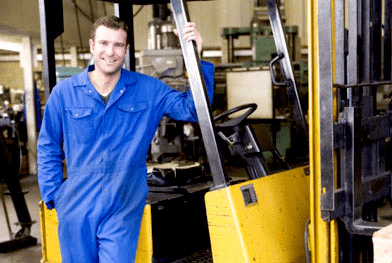- csem@csem.com
- (888)701-2736
- Special Treat
- What's New
JUST IN TIME
SAFETY TRAINING
24/7
MULTIPLE
LANGUAGE OPTIONS
888-701-2736
JUST IN TIME
SAFETY TRAINING
24/7
MULTIPLE
LANGUAGE OPTIONS
888-701-2736
SAFETY TRAINING
24/7
MULTIPLE
LANGUAGE OPTIONS
SAFETY TRAINING
24/7
MULTIPLE
LANGUAGE OPTIONS
Our OSHA training course is geared towards educating participants on how to best identify, avoid and control any on the job hazards in order to eliminate work related injuries and illnesses. While we take the business of safety very seriously, our instructors try hard to evoke a class environment which is stimulating and rewarding for everyone.
We discuss the rights and responsibilities of both employer and employee with a quick look at the process of reporting, record keeping and inspection. Upon completion of CSEM’s OSHA Training course, class participants will have a clear understanding of the following:
